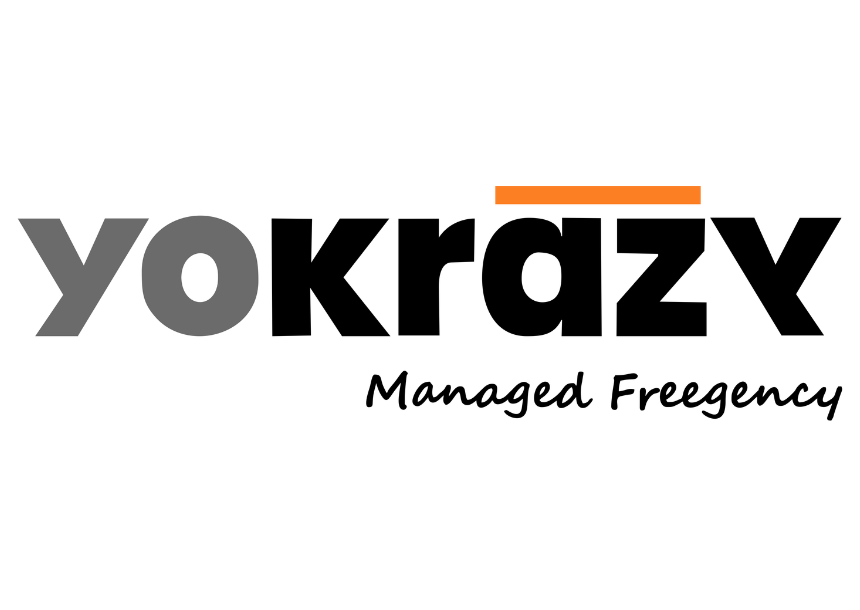Learning Management Systems (LMS)
Transforming Education with Learning Management System
The advent of technology has changed how we teach and learn as the way we do it is different. The key to this transformation is the Learning Management System (LMS) a technology that makes the life of organizations, schools and individuals very easy in learning and training. It can be used to onboard new employees, provide support to students over a distance, and develop personal skills, and in all cases, an LMS will make the learning process convenient and efficient.
What Is Learning Management System?
LMS is an Online learning management system. LMS platforms offer many features that can make it easier to engage more people, such as automating enrollment and tracking their progress, and adapting learning to the needs of different people. Moodle, TalentLMS, or Blackboard are considered to be the leading platforms that are user-friendly and scalable to an average level of needs.
Why is LMS?
1. Accessibility:
Students and educators are in a position to take courses wherever they are, at whatever time of the day avoiding barriers of place and time. This versatility benefits third-party teams, distance learning sessions, and a busy schedule.
2. Efficiency:
Conventional training is manual and labor-intensive in terms of logistics. An LMS reduces the amount of time and resources due to its automation of enrollment, communication, and progress tracking.
3. Personalization:
The current LMS systems are able to customize the learning journeys to the individuals. Adaptive content keeps learners active and takes in the content at their own interest.
4. Cost-Effectiveness:
Take away the demand of physical location and tangible textbooks. Everything is centralized and digital, cutting down on the costs incurred by organizations and institutions.
5. Scalability:
An LMS develops along with you. Add users, courses and features as your business or educational needs outgrow it without a major infrastructure upgrade needed.
Key LMS Functionality
• Course Creation & Management: Create interactive courses by adding text, video and quizzes. With its modular system of content organization, it is simple to update and adapt the material to diverse audiences.
• Progress Monitoring: Data graphs display completion rates, examination scores, and engagement rates. Trainers and teachers are easily able to see where learners are excelling or have problems.
• Mobile Accessibility: The majority of LMSs come with the ability to be mobile friendly making learning a possibility at any time.
• Evaluations and Certification: Have quizzes and assignments marked automatically and allow students to receive certificates or badges at the completion of the course.
• Gamification: The concept of gamification is another concept that is motivating because of the points, badges, and leaderboards.
• Integrations: Apply and integrate with Zoom, Microsoft Teams, CRM and content libraries, so your learning is made as easy as possible.
• User Management: Manage admins, instructors, and learners enrollment and permissions without any trouble, even in large organizations.
• Customization: Portrait customization by applying your logo and customizing the colors. Customize the workflows and notifications to your needs.
• Multilingual Support: This will allow universal access by translating courses and dashboards into different languages.
Who is the LMS of advantage to?
Businesses: LMS tools make it easier and more consistent to conduct corporate training, comply with certifications, onboard and educate customers. Oversee the work of teams and make sure that each of them is up to speed.
Educators & Schools: LMS allows blended and distance learning, simplify monitoring the students progress, incorporate online testing, and foster the participation via discussions and group work.
Individuals: There are self-paced learning in most everything including IT and in the arts. Measure individual learning course and achieve the recognition of credentials that elevates career opportunities.
The Starting Point
1. Evaluate Your Need:
Define core purposes, is this to train employees, to deliver courses in what would be called academic settings or to train customers? Such emphasis will influence your LMS choice.
2. Test and Compare:
The majority of the platforms have demos or free trials. Get opinions of the intended users and those that will be teaching them to know the usability.
3. Train Users:
To facilitate the effective adoption, train admins, instructors, or team leads on all the available features.
4. Drive Engagement:
Use multimedia, interactive modules, games, and gamification to the fullest. To ensure that the learners feel motivated, regularly update the content.
5. Review and Enhance:
Use analytics and feedback to improve courses and the whole learning experience on the go.
Final Thoughts
Learning Management System is not a mere piece of software, it is an investment into growth and knowledge. Regardless of being a business needing to hire and develop personnel, school offering remote education, or an individual, the LMS platforms can offer flexibility, efficiency, and measurable progress. The appropriate LMS will help you make learning a fun and fruitful experience to all the learners.


